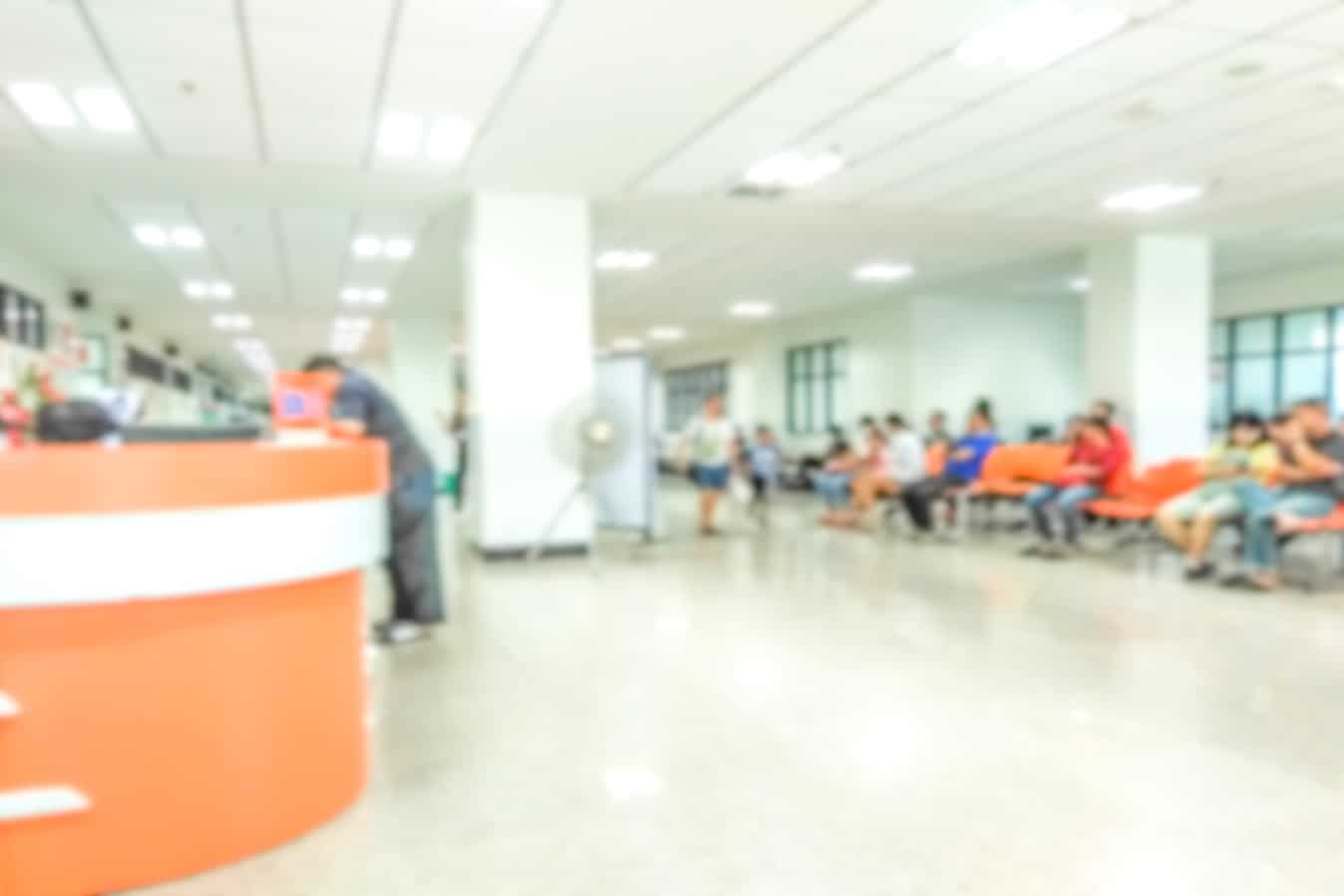A project undertaken at the Sir Charles Gairdner Emergency Department (SCGH ED) in WA has helped reduce wait times of mental health patients.
The improvement process
This project was undertaken using Clinical Service Redesign methodology taught at the Institute of Health Leadership during three months rotation. Participants were selected through selection criteria and interview process representing different health services in Western Australia.
Galina Lawrence was selected to be a Project Leader for North Metropolitan Health Service at Sir Charles Gairdner Hospital site.
Essential Lean Six Sigma – Define, Measure, Analyse, Improve, Control (DMAIC) approach was used to deliver the project.1
Consultation of staff across agencies was undertaken through process mapping sessions, professional group discussions, PLN Observation shifts analysis, patient and staff surveys. Analysis of SCGH ED data was also performed, as well as literature review, consulting interstate services and evaluating national data versus SCGH ED data.
Project aims and importance
The aim of this project was to reduce the wait time of mental health (MH) patients in SCGH ED. This topic is important as the number of MH related presentations to SCGH ED was increasing each year.6 Two to 7% of mental health patinets were waiting in SCGH ED to be seen for more than 24 hours.5 Between January to May 2021 in SCGH ED there were 1,035 patients who left hospital without being seen3 and 111 of those patients were presenting with primarily MH issues.4 MH patients often left ED due to inability to tolerate ED environment and extensive wait time. Increased wait time also contributed to escalation of behavioural disturbancies and risk of aggression7
Review of current service processes and root cause analysis validated the need for implementing a new Psychiatric Liaison Service (PLS) Model of Care, including PLS Clinical Nurse position and Level 3 Psychiatric Liaison Nurse (PLN) to perform mental health triage duties, at the point of ED entry.
It facilitated an opportunity to reduce the wait time of MH patients in SCGH ED, improve patients’ safety and satisfaction. It also facilitated allocation of funding and resources in a more efficient way.
Project outcomes
The project improved communication and collaboration with MH and ED staff, patients and interagencies. It facilitated development of a concurrent QI project with SCGH ED and Psychiatric teams.

Addition of a PLS Level 2 Mental Health Nurse position and Level 3 Triage Nurse Proposal, including Model of Care was sucessfully implemented and funded.
Review of the current PLS service was also facilitated.
Lessons learnt
Change management was a difficult process and clinical improvement involved everyone. The scope changed as the project progressed. The stakeholders were paramount to the project success.
A special gratitude for Marianne Slattery, the Executive Sponsor who made this project possible and provided her support in all stages.
Project supporters/stakeholders:
SCGH ED, Mental health community clinics, WA Police, WA St John Ambulance, Wilson Medic One, RFDS, MHU, MHOA, PLS staff; and Institute of Health Leadership. Clinical Supervisors: Danielle Orifici and Anne O’Sullivan.
References:
-
Government of WA Department of Health, 2013. Health Clinical Service Redesign Handbook – A training Guide. Perth: Perth Health Systems Improvement Unit, Department of Health, pp.1-10.
-
Matveev V. Drawing 1 – Emergency Department. Astrachan, Russia; 2022.
-
Sir Charles Gairdner Hospital Department of Emergency Medicine. Did not waits – ALL extracted from EDIS Jan 2021 – May 2021.SCGH Department of Emergency Medicine. Perth.
-
Sir Charles Gairdner Hospital Department of Emergency Medicine. Did not waits – Social and behavioural. Extracted from EDIS Jan 2021 – May 2021.SCGH Department of Emergency Medicine. Perth.
-
Sir Charles Gairdner Hospital Department of Emergency Medicine. SCGH Mental Health patients waiting over and under 24 hours 2011-2020. SCGH Department of Emergency Medicine. Perth.
-
Sir Charles Gairdner Hospital Department of Emergency Medicine. SCGH ED Presentations 2011-2020. SCGH Department of Emergency Medicine. Perth.
-
Zwan, R., Davis, L, Andrews, D., & Brooks, A. Aggression, and violence in the ED: Issues associated with the implementation of restraint and seclusion. Health Promotion Journal of Australia. 2011;22(2):124-7.
Author/Project Leader:
Galina Lawrence is an AMHP, Clinical Nurse, Hospital in the Home Community Mental Health Service, North Metropolitan Health Service, Mental Health, Public Health and Dental Services








